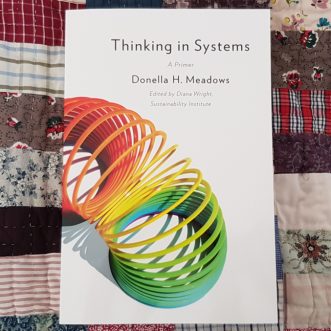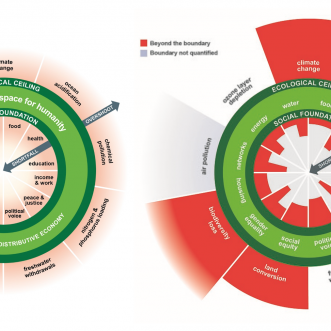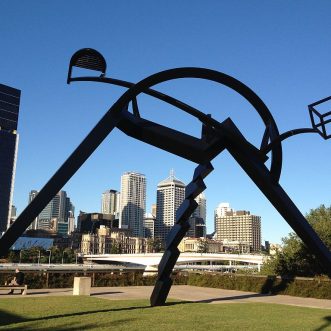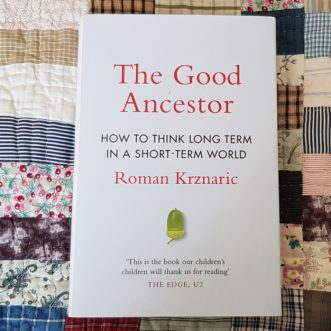
Snowballing
It’s every new business owner’s dream. Your first customers love what you do so much that they tell their friends, who become customers. They love what you do, and tell their friends, who become customers and tell their friends, and so on…
Until suddenly it overwhelms you. You can’t keep up with demand. You can’t recruit fast enough, you can’t train people fast enough, you can’t supervise any more jobs yourself.
Soon, the referral rate has slowed. Worse, as customers become disillusioned, they warn off their friends, who warn off their friends, and so on…
Suddenly you don’t have a business any more.
What you’re experiencing is a reinforcing feedback loop (a flow of customer referrals) that hits a limit (your capacity to deliver), and slows down or even goes into reverse.
The good news is that a loop that’s gone into reverse will also eventually hit a limit, as the flow of customer referrals gets back into balance with your capacity to deliver.
The best news is that you don’t have to wait for that.
One short-term fix is to slow-down the referral rate, to give you more time to implement a longer-term fix of increasing capacity:
- put your prices up – this will reduce the number of referrees who turn into customers, and give you more money to invest in increasing capacity.
- create a queue – increasing waiting times gives you more time to invest in increasing capacity.
Similarly, there are short-term fixes for the capacity side too:
- put wages up – this will increase the flow of potential team members who can deliver for you.
- pay overtime or bonuses to your existing team – this will increase the flow of work from your existing resources. (This is probably only true for emergencies though)
- use freelancers – this may increase the flow of already capable capacity into your team.
The best thing you can do for the long-term is to monitor your referral rate, because this will help you plan ahead.
The time it takes for an exponentially growing stock (such as customers) to double in size is roughly 70 divided by it’s growth rate as a percentage.
So if 5% of your customers refer each month, your pool of customers will double in 14 months. If 50% of your customers refer, you’ll have double the number of customers to deal with in just 1.4 months.
For a sustainable business, what you really want is to keep customers and capacity in balance, as you grow both. What’s counterintuitive, is that it’s monitoring flows, and the rates of flow that will help you achieve this at the speed you want.
Snowballs are only fun for a little while.
Discipline makes Daring possible.








